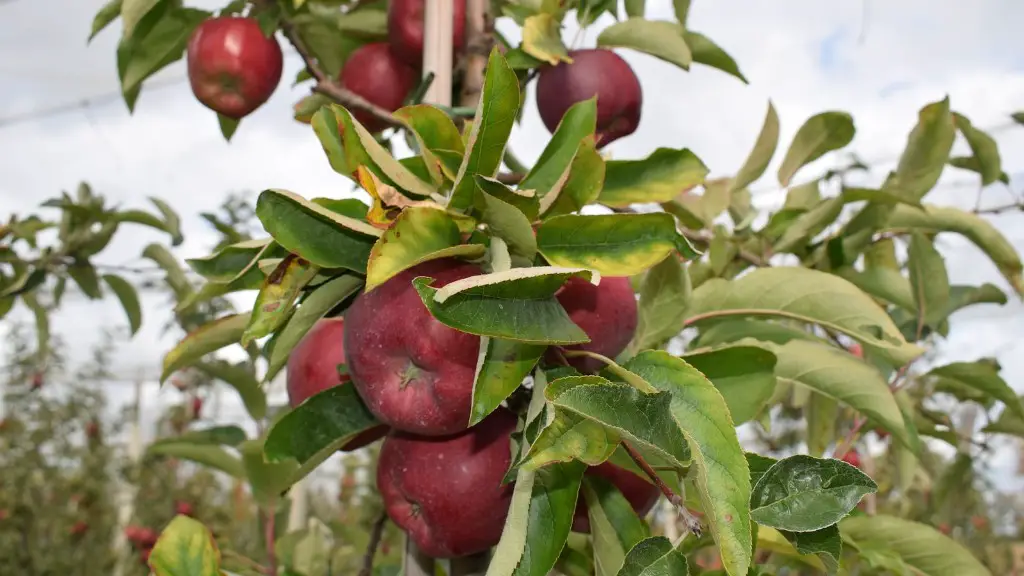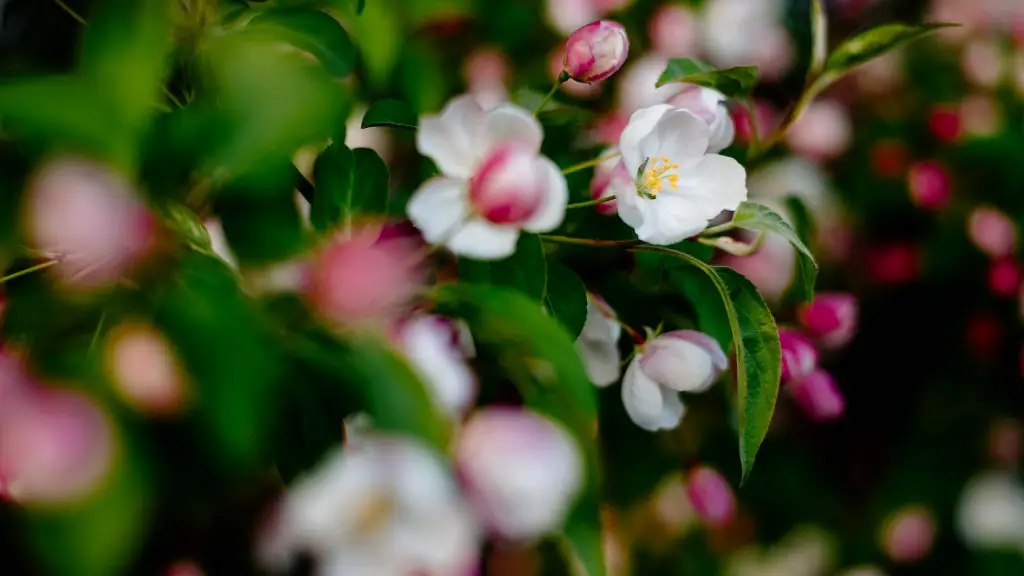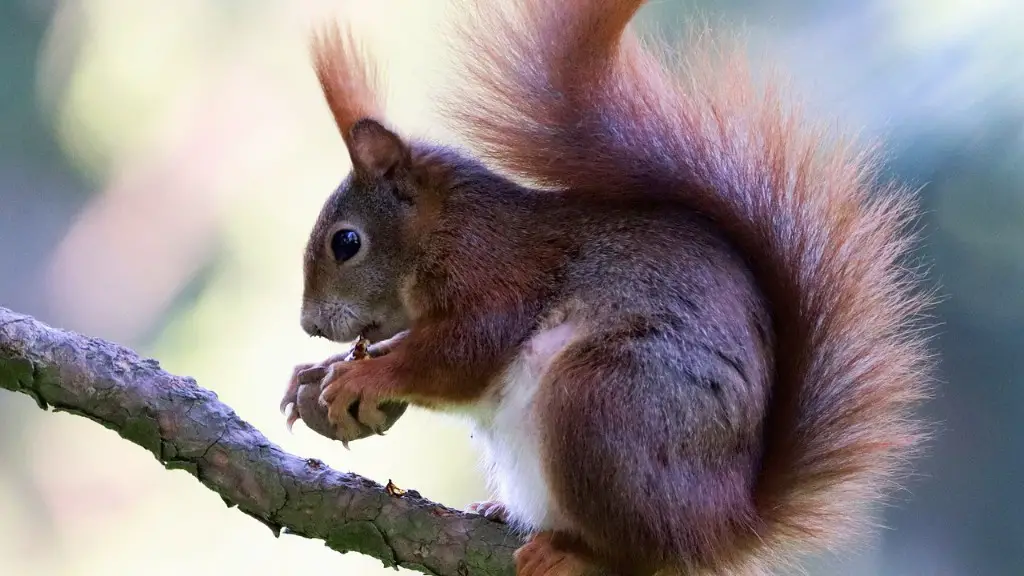Palm Travelers
Palm trees are an iconic image of the tropics that can be seen in almost every corner of the world. They are remarkably versatile and hardy plants, and are easily identifiable because of their bright, lush leaves. But did you know there are actually different types of palm trees?
The most popular and widely recognized palm tree is the Coconut Palm (Cocos nucifera), which originates from India and Southeast Asia. It is a hardy plant, capable of surviving in both tropical and subtropical climates and is unique due to its ability to take both salt and fresh water. The leaves are large elegant fronds, providing an abundance of coconuts, and other fruits in wet climates or when irrigated. The Coconut Palm is particularly popular in coastal tourist spots and beach resorts.
The Date Palm (Phoenix dactylifera) is another iconic palm, originating from Southwest Asia and is even mentioned in the Bible. It is prized for its sweet and flavorful fruit, which is harvested and eaten around the world, particularly in the Middle East. The Date Palm is even used for shade trees as well as for its fruit. It is a very low-maintenance tree, however it is not as hardy as the Coconut Palm and cannot take salt water or dry climates, growing best in a hot, wet environment.
The Chusan Palm (Trachycarpus fortunei), originating from China, is becoming increasingly popular. Unlike other palms, this tree is tough and hardy, adapted to colder climates and grows best in shade or semi-shade. It is a slow-growing plant and its leaves have the typical palm shape with a silvery-green colour. The Chusan Palm can survive strong winds and low temperatures, making it a great ornamental or feature tree for all types of tropical or even temperate gardens.
The Royal Palm (Roystonia regia) is an elegant and impressive species, native to the Caribbean islands. With its 9-metre tall trunk and majestic palm fronds, it can be seen in many tropical locations around the world. It is not a hardy plant and has a higher rate of growth compared to the other types of palms. It grows best in wet climates and needs plenty of sun. Royal Palms add a touch of elegance to any garden and they can tolerate salt winds and a range of temperatures.
The majestic Canary Island Date Palm (Phoenix canariensis) is perhaps one of the most iconic palm trees, named after the Canary Islands in the Mediterranean Sea. This beautiful palm is also very popular in tropical regions where there is plenty of sunshine and rainfall. The leaves have a deep green colour and a canvas-like texture, giving them a silvery appearance when the sunlight hits them. It is a strong, slow-growing tree and an excellent choice for large gardens, parks and even indoors.
The Fishtail Palm (Caryota) is particularly fascinating. It has a unique leaf shape, resembling a fish-tail, hence its name. It is a popular ornamental plant and adds a tropical feel to any garden. It has a high rate of growth, so it can quickly provide a lush, leafy environment. It grows best in wet climates and needs plenty of water and fertilizer. It is a sensitive tree, so it’s best to keep it in sheltered places and protected from strong winds.
Other Species
There are many other species of palm trees, such as the Areca Palm (Dypsis lutescens), the Paurotis Palm (Acoelorrhaphe wrightii), and the Bismarck Palm (Bismarckia nobilis). Each species has its own particular characteristics, with variations in leaf size, colour, texture, and rate of growth. Some are hardy and can tolerate cold temperatures, while others do not survive in colder climates.
Most palm trees prefer warm climates and need good drainage, plenty of sunlight, and regular watering. Some can tolerate dry periods, while others prefer moist soil. Many palm species require soaking with fertilizer at least once a month to ensure healthy growth.
When searching for a particular species, it’s important to research the requirements needed to maintain it. One must consider temperature, climate, soil type and drainage, sun exposure, and fertilization requirements before purchasing any new palm trees.
Care And Maintenance
When caring for palm trees, the main rule is to provide an appropriate environment and make sure they get the right amount of water and light. It is important to remove any dead fronds and check for pest infestations. Regular pruning and trimming is also important to keep the trees looking healthy and attractive.
When it comes to pests, palm trees are generally more resistant than other plants. However, there are some insects and diseases that can still affect palm trees and cause serious damage. One common pest is the scale insect, which is tiny and often difficult to see with the naked eye. Early detection and treatment is the best way to prevent a serious problem.
Fungal diseases are also a problem with palm trees, especially in humid climates. Fungicides and herbicides can help to prevent and control fungal diseases and should be applied regularly. It is also important to avoid over watering and use organic mulches to reduce moisture.
Planting And Propagation
When planting a palm tree, it is important to choose a suitable location, one that is sheltered and receives plenty of sunlight. Make sure to dig a large enough hole and provide the right amount of soil and fertilizer. If the palm is a rare species, it can be difficult to obtain a good specimen. It may be possible to purchase a young, healthy tree from a nursery, however it is also possible to propagate them from cuttings.
Generally, it is easy to propagate palm trees from cuttings or even air-layering. When propagating from cuttings, it’s important to select healthy specimens and provide them with the right conditions. They need bright, indirect sunlight, regular watering, and a well-draining soil mix. Patience is also key when propagating palms, as it may take months before new growth appears.
Plant For Life
Palm trees add life and beauty to any outdoor space, but they can also require a lot of care and resources. To ensure healthy, happy plants, it is important to choose the right species and provide the necessary environment. Choose the location carefully, making sure it is sheltered from the wind, has good drainage, and receives plenty of sunlight. With the right conditions, palms are sure to thrive for many years to come.
Harvest Time
Most species of palm trees produce fruits, although the harvesting time and method can vary from species to species. The Date Palm is arguably the most popular fruit bearing palm, bearing sweet and delicious dates after around four years. Canaries also produce the popular Palm Tree Candy. The Coconut Palm produces coconuts all year round but it takes several months, sometimes up to six, for the fruit to mature.
The harvesting methods also vary depending on the type of palm tree. Coconut Palms can be shaken to remove their fruit and dates can be plucked from their stalk. It is important to pick fruit at the right time to ensure a good quality harvest. It is also important to check the label before harvesting any exotic species.
Coconuts can be enjoyed as a snack, seedling or as an ingredient in a variety of culinary dishes. Dates have a variety of culinary applications and are used for adding sweetness or texture to dishes. The fruits of Canary palms can also be enjoyed as a snack. Making the most out of palm fruits is a great way to get creative in the kitchen and make delicious dishes.
For Beauty And Decor
Palm trees are also popular for decorations and home decor, from panoramic wall decals to replica plants. Whether it is a tall Coconut Palm to make a statement or a small Fishtail Palm for a desktop, there are plenty of ways to add a tropical touch to any interior. Also, if you’re looking to make a statement, try combining different species and sizes to create a unique, cohesive display.
The unique shape and texture of palm fronds also makes them the perfect material for crafting projects. From weaving and wall hangings to jewellery, there are plenty of ways to make beautiful DIY items. The Fishtail Palm is particularly popular for this, due to its special leaf shape. Harvesting, harvesting and drying the fronds can take some time, so plan ahead and be prepared to wait.
Adding palms to any indoor or outdoor space can bring life and give any room an instant tropical vibe. From functional and delicious fruits and snacks to stylish home decor, palm trees have something to offer for everyone. With so many species to choose from, you’re sure to find the perfect plant for your particular needs.





